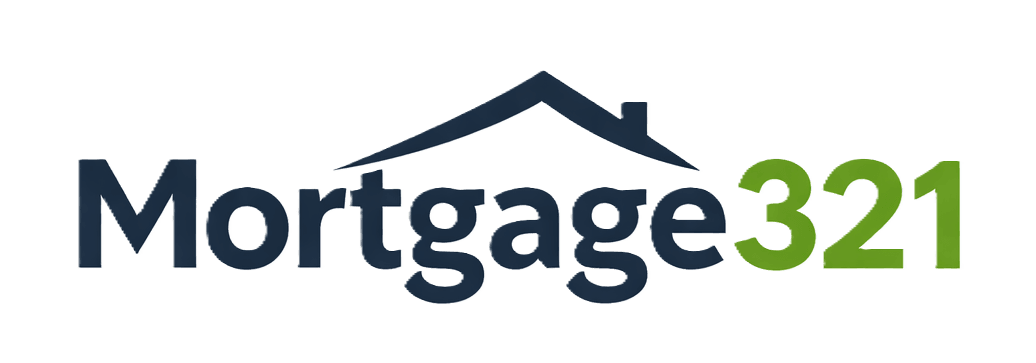How EWS1 Forms Impact Your Mortgage Borrowing
MP
Understanding EWS1 Forms
Many people have questions about EWS1 forms and their impact on mortgage borrowing. EWS1 stands for External Wall System 1. It is a form used to assess the safety of a building's external wall system. This form is crucial for those looking to buy or sell flats in buildings over 18 meters tall.
The EWS1 form was introduced after the Grenfell Tower fire. It aims to ensure that buildings are safe and do not have dangerous cladding. Mortgage lenders often require this form before approving a loan for a flat in a high-rise building.
Why Lenders Require EWS1 Forms
Lenders want to minimise their risk. High-rise buildings with unsafe cladding pose a significant risk. If a building is deemed unsafe, its value can drop. This can affect the lender's security on the loan. Therefore, lenders often ask for an EWS1 form to ensure the building meets safety standards.
Without an EWS1 form, it can be challenging to get a mortgage. Some lenders might refuse to lend altogether. Others may offer a mortgage but with higher interest rates. It is essential to check if your building needs this form before applying for a mortgage.
How to Obtain an EWS1 Form
Getting an EWS1 form involves hiring a qualified professional to inspect the building. This person will assess the external wall system and fill out the form. The process can take time and may require access to various parts of the building.
The cost of obtaining an EWS1 form can vary. It depends on the size and complexity of the building. It is often the responsibility of the building owner or management company to arrange for this inspection.
Impact on Mortgage Borrowing
The presence of an EWS1 form can significantly impact your mortgage borrowing. If the form indicates that the building is safe, it can make the borrowing process smoother. Lenders are more likely to approve your mortgage application without additional conditions.
However, if the EWS1 form highlights issues, it can complicate matters. Lenders may require further inspections or remedial work before approving a loan. This can delay the buying process and add extra costs.
Steps to Take if Your Building Lacks an EWS1 Form
If your building does not have an EWS1 form, you should speak to the building owner or management company. They should be aware of the need for this form and may already have plans to obtain it. If not, you may need to push for an inspection to be arranged.
It is also wise to consult with a mortgage broker like Mortgage321. They can provide advice on how to proceed and may know lenders who are more flexible regarding EWS1 forms. A broker can guide you through the process and help you find the best mortgage deal.

Conclusion
EWS1 forms play a crucial role in mortgage borrowing for high-rise buildings. They ensure that buildings meet safety standards and help lenders assess their risk. Obtaining this form can be a complex process, but it is essential for securing a mortgage.
If you are looking to buy or sell a flat in a high-rise building, make sure you understand the importance of the EWS1 form. Speak to your building owner or management company and consult with Mortgage321 for guidance.
